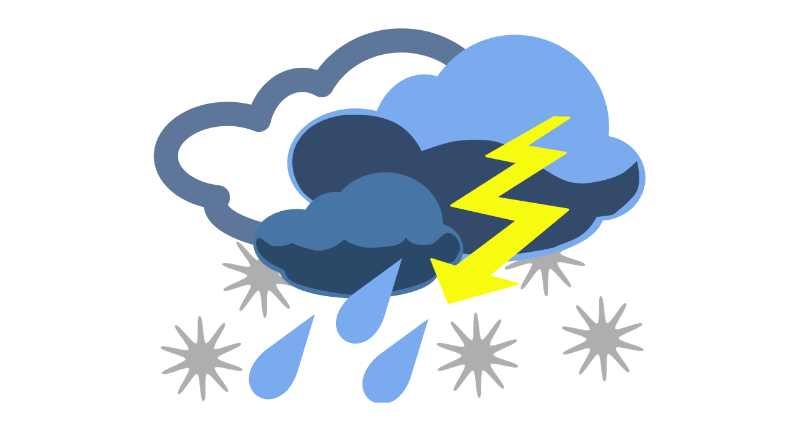Insured weather losses could reach $100bn again in 2023: Bloomberg

According to analysts at Bloomberg Intelligence, the insurance and reinsurance industry looks to be on-track to suffer over $100 billion of insured weather losses again in 2023.
This would be the third year running where weather specific catastrophe and loss events drive the industry loss tally over $100 billion, the analysts believe.
With estimates already suggesting that weather-related insurance market losses have eclipsed $45 billion in the first-half, with US severe convective storms a significant driver, it seems entirely possible the $100 billion total is reached again.
Of course, Bloomberg’s analysts are only focusing on the industry loss events driven by weather conditions that make the headlines.
In reality, weather conditions cause insured losses every day on a more localised level and so the global toll of weather for the insurance and reinsurance industry is far harder to calculate.
In addition, the uninsured toll of weather around the world is significantly higher, reflecting the opportunity for insurance and weather risk hedging products, as well as for parametric risk transfer structures.
Charles Graham, senior insurance analyst at Bloomberg Intelligence, commented, “Munich Re puts total global insured costs of natural-catastrophe events in H1 at $43 billion and SwissRe at $50 billion, so it seems certain that 2023 claims for weather-related incidents will probably exceed $100 billion for the third year in a row. The earthquake across Turkey and Syria was the most devastating episode – involving the loss of an estimated 58,000 lives – yet only about $5 billion of the projected $40 billion cost was insured.
“More than two-thirds of H1 insured losses from natural catastrophes were as a result of severe thunderstorms in the US which brought floods, hail and tornadoes. Climate change facilitates the formation of convective storms, since higher temperatures result in greater water evaporation and increased humidity at ground level. Record temperatures have also sparked numerous wildfires.”
Kevin Ryan, senior insurance analyst at Bloomberg Intelligence, also said, “This year is on track to be the third sequential year when insured losses from weather related events top $100 billion. Swiss Re anticipates that the insured cost of natural-catastrophe claims has increased at an annual growth rate of 5-7% since 1992. Mounting inflation looks likely to see that pace accelerate. Driving the longer-term trend is a combination of greater loss severity caused by rising property values, continued urban expansion and economic growth and the increasing intensity of weather events linked to climate change.
“Natural catastrophe insured losses of $125 billion in 2022 compare with an average cost of $81billion over the past 10 years and $110 billion over the last five, all at constant 2022 prices. Peak years for claims include 2017 ($173 billion), 2011 ($158 billion) and 2005 ($155 billion).”
While these kinds of weather-related losses, especially the more attritional events, are now largely being captured by the insurance industry, thanks to higher reinsurance attachments, there remains a need for risk capital and efficient risk transfer structures to protect against the growing toll of weather events and secondary perils.






